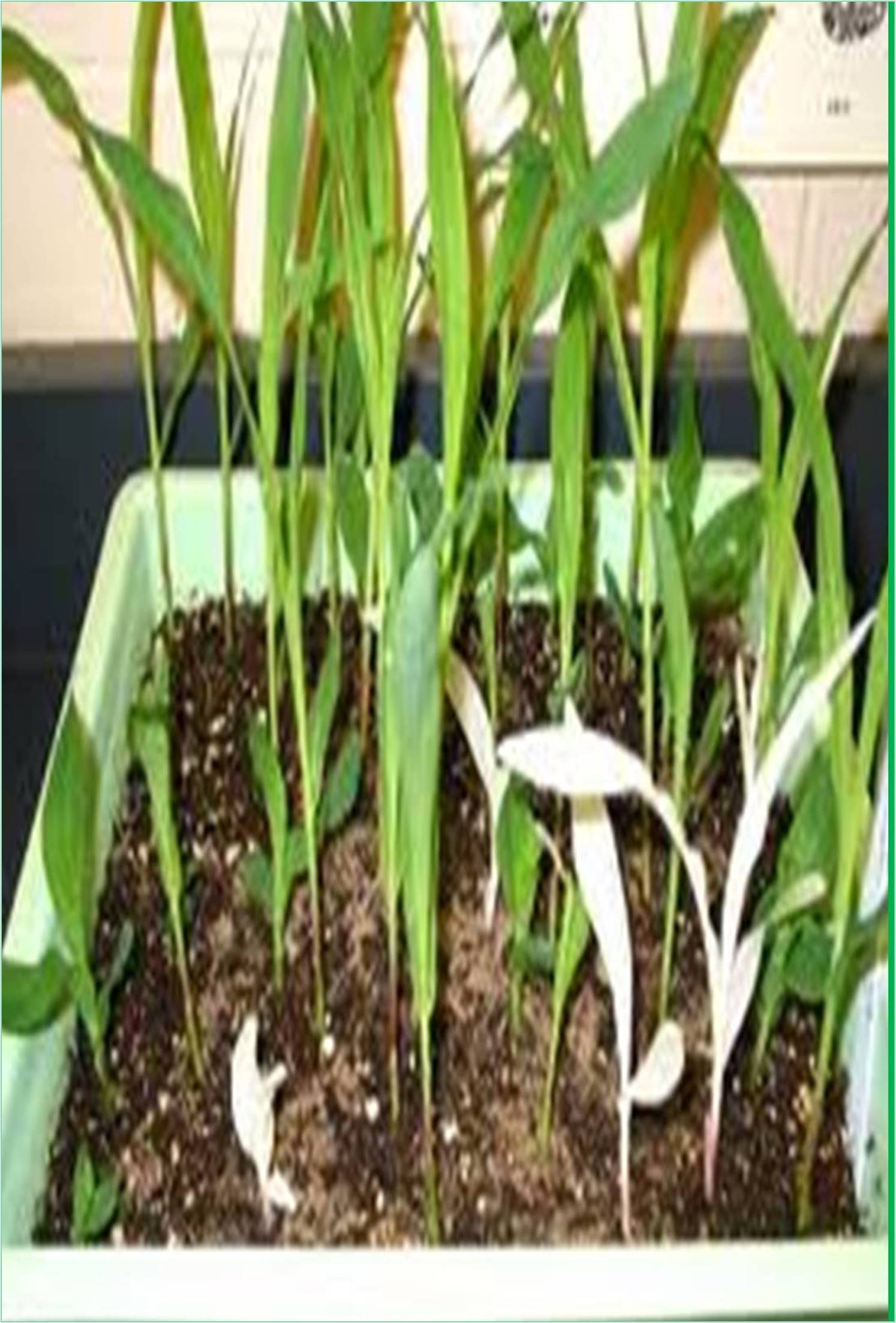



Received: 01-Dec-2022, Manuscript No. GJPBG-22-82863; Editor assigned: 05-Dec-2022, Pre QC No. GJPBG-22-82863 (PQ); Reviewed: 26-Dec-2022, QC No. GJPBG-22-82863; Revised: 02-Jan-2023, Manuscript No. GJPBG-22-82863 (R); Published: 09-Jan-2023, DOI: 10.15651/2449-0598.23.09.012
When it comes to yields of edible energy and high-quality protein per unit area per time, potatoes are among the most productive food crops. Due to its propensity to generate a high yield and high-quality product per unit of input with a shorter crop cycle (about 120 days) than major cereal crops, it is regarded as a crop with a great potential for ensuring food security. In 2018, there were roughly 368.2 million tons of potatoes produced worldwide and in Africa, respectively. The excellent climatic and edaphic conditions for its cultivation and productivity are a crucial factor in Ethiopia's high potential for potato production. During the 2019–20 cropping season, Ethiopia produces roughly 9.245 million tons of potatoes from 70,362 ha, which is nearly 70% of the country's arable area. In contrast to Europe and North America, particularly in Ethiopia, its average yield in Africa is quite poor. Poor agronomic methods, such as the use of insufficient quantities and types of fertilizers, the use of tubers of inferior quality, and a lack of better and adaptable cultivars, are to blame for Ethiopia's low yields and productivity of potatoes. As a result, the low soil fertility and different varieties are the main causes of the low production of potatoes in Ethiopia. Due to its weak and underdeveloped root system, potatoes require significant quantities of macro and micronutrients in the soil. Since potatoes are less tolerant of water stress than other crops and have relatively shallow root zones, irrigation may be necessary if rainfall is scarce. The severe necessity for a balanced soil nutrient profile is another way to describe it. By consuming a lot of nutrients quickly-nutrients that most soils can't typically provide-the crop can generate a lot more dry matter. As a result, one of the challenges limiting Ethiopia's ability to sustain potato production and productivity is inadequate soil fertility. Ethiopian farmers have been depending solely on general recommendations of 165 kg ha 1 of urea and 195 kg ha 1 DAP without taking into account the soil's fertility level, the environment, and the types of cultivars being employed. However, the majority of the macro (NPS) and micro (Cu, B, and Zn) nutrients are deficient in Ethiopian soils. Since 2013, the opium government has given blended NPS fertilizer for use in the system of crop production.
When it comes to yields of edible energy and high-quality protein per unit area per time, potatoes are among the most productive food crops. Potato productivity requires a lot of macro- and micronutrients because of its weak and poorly formed root system. In order to ascertain the impact of blended NPS fertilizer rates on the development, yield, and quality of potato types at Agarfa, Bale Zone, and South Eastern Ethiopia, this research was carried out. For this experiment, which was conducted during the 2021 growing season, three potato varieties-Belete, Gudane, and Wabi-were employed as experimental subjects. There were four different rates of blended NPS fertilizer (0, 100, 150, and 200 kg ha-1). Significant variations were found between potato varieties and the main effects of NPS fertilizer rates in terms of days to 50% emergence, days to 50% maturity, plant height, leaf area, leaf area index, stem number, total number of tubers per hill, number of marketable tubers per hill, number of unmarketable tubers, harvest index, specific gravity, dry matter content, and tuber size distributions.